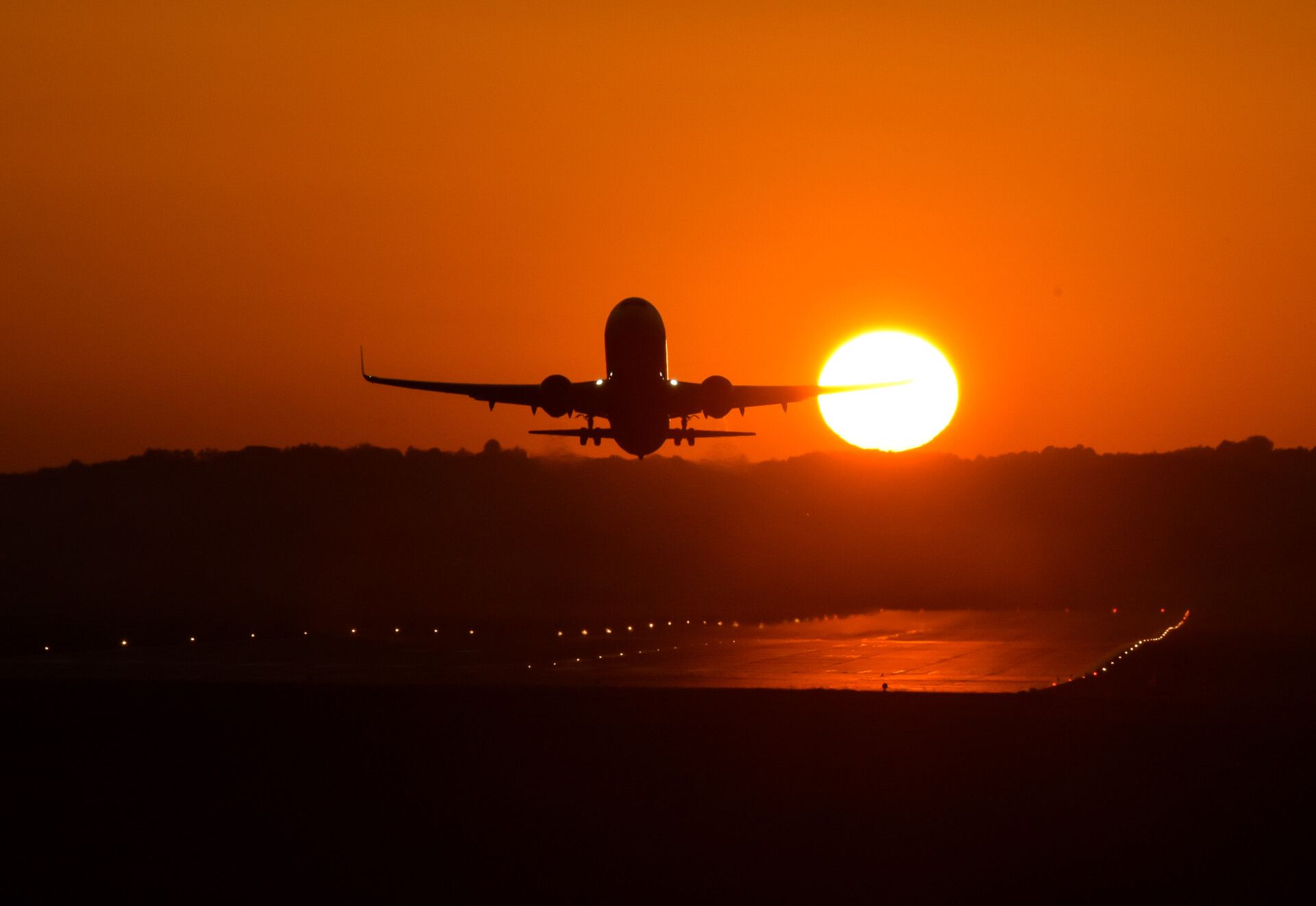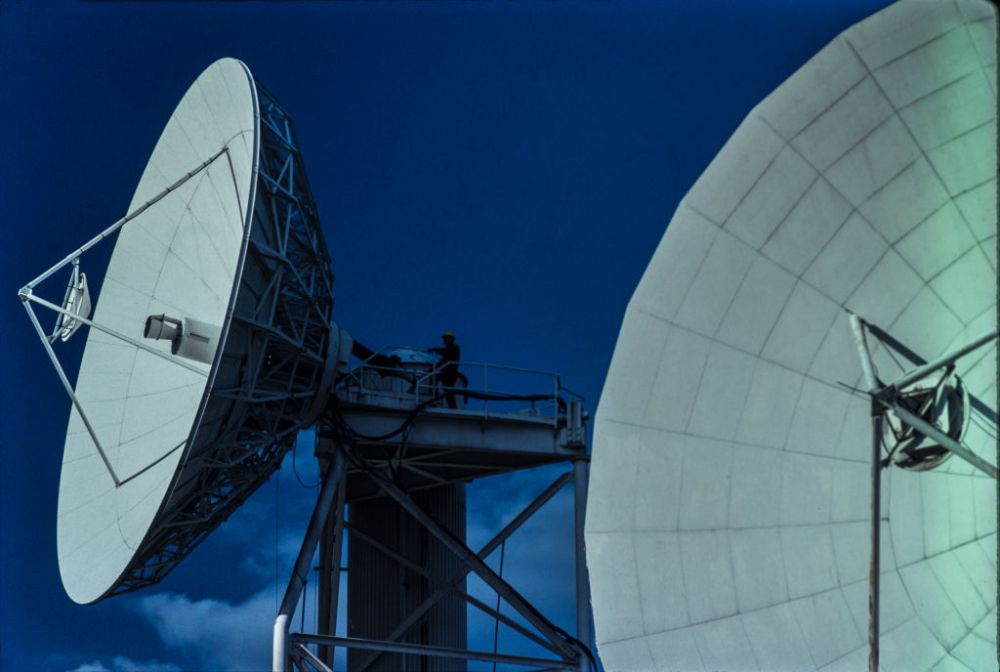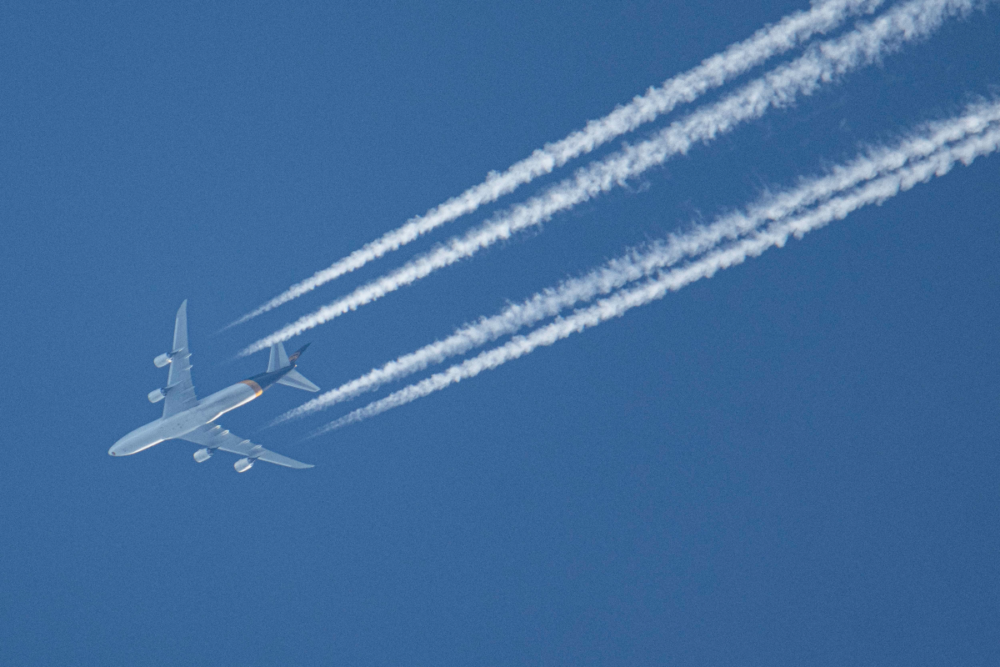The US Federal Aviation Administration (FAA) has issued a pair of airworthiness directives in an attempt to mitigate concerns about the impact of 5G mobile data signals on aircraft. Specifically, there are fears that interference from such networks may cause aircraft's altimeters to become unreliable. This could limit aircraft operations in certain conditions.
New networks about to go live
In less than a month's time, major US mobile phone networks intend to roll out new C-band 5G data services. According to Reuters, the January 5th launch date represents a delayed start, and was agreed upon by the likes of AT&T and Verizon in November.
TechRadar notes that the reason for the delay was due to these networks requiring time to liaise with the FAA with regards to how the new C-band 5G might impact aircraft operations. According to PCMag, the new C-band frequency is considered to be "the frequency that may save 5G in the US," where such services are currently in a "perilous state."
Many consider C-band necessary to bring mobile data coverage in the US up to speed, and make 5G networks noticeably better than their 4G counterparts. In terms of US-made phones, the first model to be certified for C-band usage was the iPhone 12 series. However, despite the promise of improved coverage, there are concerns about its impact on aviation.
New airworthiness directives
Owing to the FAA's concerns about the impacts of C-band frequencies on aviation safety equipment and aircraft's altimeters, it has issued a pair of airworthiness directives. Published two days ago, they outline recommended revisions to aircraft operating manuals in the face of this new challenge. According to Reuters, FAA states that a factor in its concerns is that:
"Radio altimeter anomalies that are undetected by the aircraft automation or pilot, particularly close to the ground (...) could lead to loss of continued safe flight and landing."
The Verge notes that the directives may mean that operations are restricted under circumstances when aircraft have to use automatic and guided landing systems, such as low visibility. This could potentially lead to an increase in diversions or even cancellations for the flights in question. Nonetheless, the FAA explained upon releasing the directives that:
"The FAA believes the expansion of 5G and aviation will safely co-exist. (...) The FAA is working closely with the Federal Communications Commission and wireless companies, and has made progress toward safely implementing the 5G expansion."
Stay informed: Sign up for our daily and weekly aviation news digests.
A long-discussed issue
Considerable progress has been made in developing faster networks with greater coverage. As such, the impact of 5G on aviation has been a talking point for some time. Indeed, Simple Flying explored the topic around a year ago, after industry groups raised concerns regarding the safety risk to aircraft posed by certain bandwidths. It will be interesting to see what the next steps are for aviation and communications bodies on the matter.
What do you make of the FAA's concerns? Do you think 5G and commercial aviation can co-exist in harmony? Let us know your thoughts in the comments.



